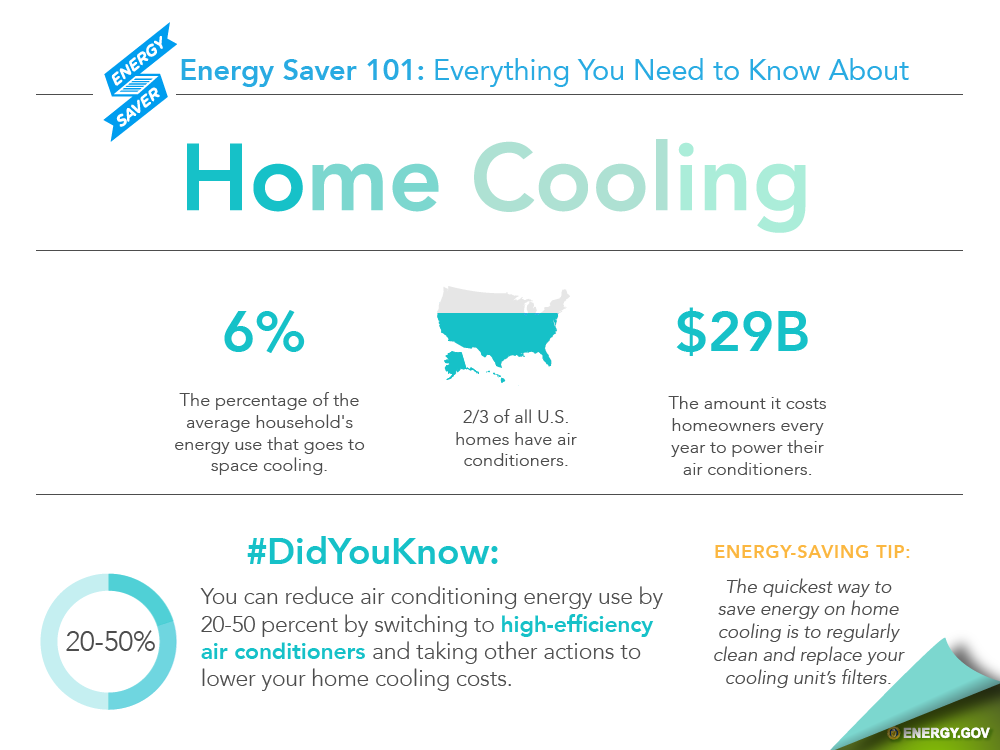The Future Of Home Home Heating - How Heatpump Innovation Is Evolving
The Future Of Home Home Heating - How Heatpump Innovation Is Evolving
Blog Article
Web Content Develop By-Baker Oliver
Heat pumps will certainly be a crucial innovation for decarbonising heating. In a scenario constant with federal governments' revealed energy and climate dedications, their worldwide capability doubles by 2030, while their share in home heating rises to one-quarter.
They function best in well-insulated homes and rely on electrical power, which can be supplied from an eco-friendly power grid. Technological developments are making them much more efficient, smarter and more affordable.
Gas Cells
Heat pumps make use of a compressor, refrigerant, coils and followers to relocate the air and heat in homes and home appliances. They can be powered by solar power or electrical energy from the grid. They have been obtaining appeal due to their affordable, silent operation and the capability to generate electricity throughout peak power demand.
Some firms, like IdaTech and BG MicroGen, are dealing with fuel cells for home heating. These microgenerators can change a gas central heating boiler and generate a few of a home's electrical needs with a connection to the electrical power grid for the remainder.
Yet there are reasons to be skeptical of using hydrogen for home heating, Rosenow states. It would be pricey and inefficient contrasted to other modern technologies, and it would contribute to carbon discharges.
Smart and Connected Technologies
Smart home technology permits homeowners to link and control their devices remotely with the use of mobile phone applications. For instance, wise thermostats can learn your heating choices and automatically get used to optimize energy intake. Smart lighting systems can be controlled with voice commands and instantly switch off lights when you leave the space, reducing energy waste. And smart plugs can check and manage your electric usage, permitting you to identify and restrict energy-hungry devices.
The tech-savvy home illustrated in Carina's meeting is an excellent image of exactly how residents reconfigure room heating practices in the light of new clever home innovations. They rely upon the tools' automated features to carry out daily modifications and regard them as a hassle-free means of performing their home heating techniques. Therefore, they see no reason to adjust their techniques even more in order to make it possible for versatility in their home energy demand, and interventions aiming at doing so might face resistance from these families.
Electrical power
Because heating homes accounts for 13% of US discharges, a switch to cleaner choices can make a large distinction. But the technology encounters challenges: It's costly and calls for comprehensive home improvements. And it's not always compatible with renewable resource sources, such as solar and wind.
Up until recently, electrical heatpump were also pricey to compete with gas versions in most markets. However brand-new innovations in design and products are making them a lot more budget-friendly. And far better chilly climate performance is allowing them to operate well even in subzero temperature levels.
look at more info following action in decarbonising heating may be making use of warmth networks, which draw warmth from a main source, such as a nearby river or sea inlet, and disperse it to a network of homes or buildings. That would certainly minimize carbon emissions and allow houses to capitalize on renewable energy, such as green electrical power from a grid provided by renewables. This choice would certainly be much less costly than switching over to hydrogen, a nonrenewable fuel source that needs new framework and would only reduce carbon dioxide exhausts by 5 percent if coupled with improved home insulation.
Renewable resource
As electrical energy prices drop, we're beginning to see the exact same fad in home heating that has driven electrical vehicles right into the mainstream-- yet at an also faster speed. The solid climate case for electrifying homes has been pressed even more by brand-new study.
Renewables account for a considerable share of modern-day warmth intake, yet have actually been given limited policy attention worldwide compared to various other end-use markets-- and also much less interest than electricity has. Partially, this reflects a mix of consumer inertia, split incentives and, in numerous countries, aids for nonrenewable fuel sources.
New innovations could make the shift simpler. As an example, heat pumps can be made more power reliable by replacing old R-22 refrigerants with brand-new ones that don't have the high GWPs of their precursors. Some professionals likewise envision district systems that attract heat from a close-by river or sea inlet, like a Norwegian fjord. The warm water can after that be used for cooling and heating in an area.